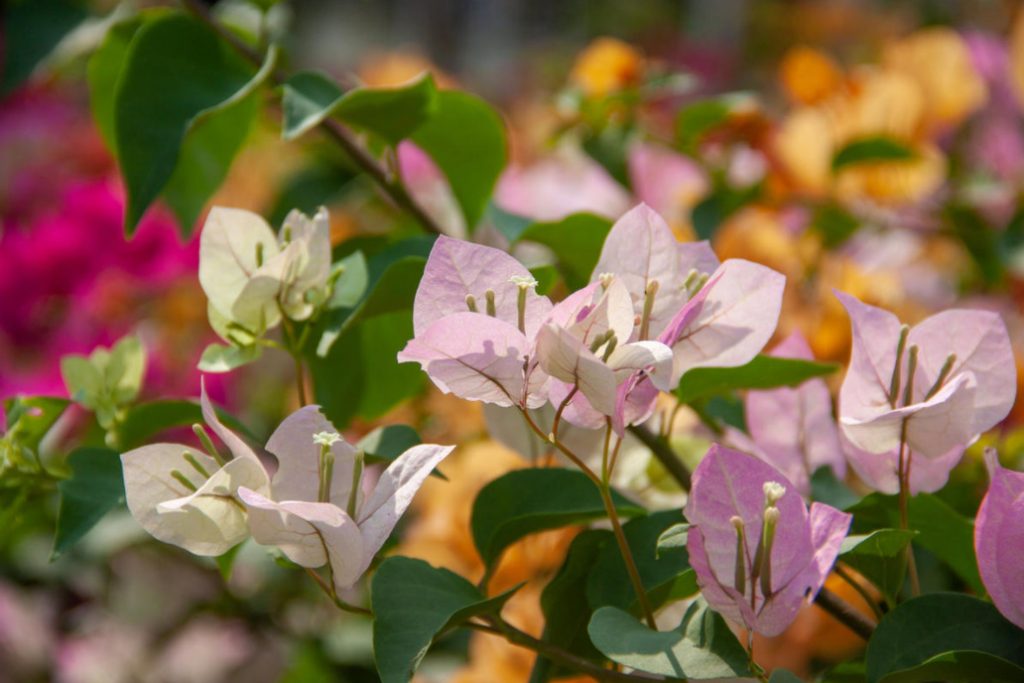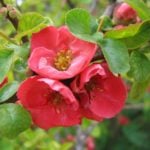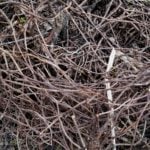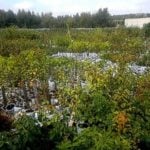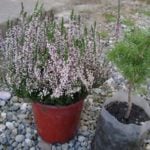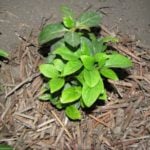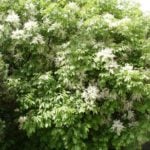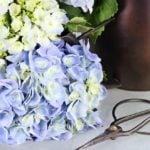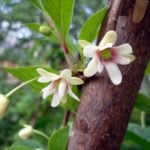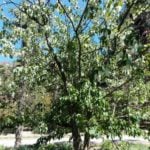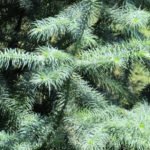I want to tell you about the beautiful, but, alas, not very common in indoor floriculture liana — Bougainvillea. If you prefer to relax on the sea, you probably paid attention to the huge beautifully flowering bushes of this plant. I am no exception.
Traveling to Turkey, Egypt or Thailand, I constantly admired the bright colorful bushes-balls. It was from those places that I brought home the cuttings of bougainvillea, deciding to propagate this beauty.

Usually, the more beautiful a plant is in nature, the more fastidious it is, or the indoor conditions are completely unsuitable for it. With Bougainvillea, everything was the opposite, the most important thing was to be able to successfully root the cuttings.
There is also a more reliable way to get a southern beauty — to order already rooted cuttings of bougainvillea by mail.
Features of care for bougainvillea
Lighting and temperature conditions
Bougainvillea is a light-loving plant, so give it the brightest place, shading is not required. In good light, the bougainvillea will delight you with flowering several times a year. And since the bracts of this plant last for quite a long time, the flowering will seem continuous.
There are no special requirements for the temperature of the content of bougainvillea, although it is desirable to provide it with a rest period for the winter (gradually reducing the temperature, as well as the number of watering). To do this, I put the pots close to the glass, so that the plants are cooler.
Pruning and shaping
In winter, Bougainvillea can shed its leaves, but you should not be afraid: this is quite a natural phenomenon. From mid-February, weak and bare shoots of bougainvillea should be cut by a third, and if they are too long, then by half. Later, the liana will quickly grow young foliage and become beautiful again.

To make the bougainvillea look more well-groomed, its long shoots can be wound on a round or oval support. From some bush varieties, you can try to grow a stem tree. Just do not forget that this plant blooms at the ends of the shoots, so do not overdo it with pruning and pinching, otherwise you will have to wait quite a long time for the beginning of flowering.
Watering and fertilizing
Bougainvillea is a moisture-loving plant, so in the summer, watering should be very frequent and abundant (and if the pot is small, then you will have to water it every day). Watering is especially important during the flowering period of Bougainvillea, otherwise the plant can drop flowers at one moment.
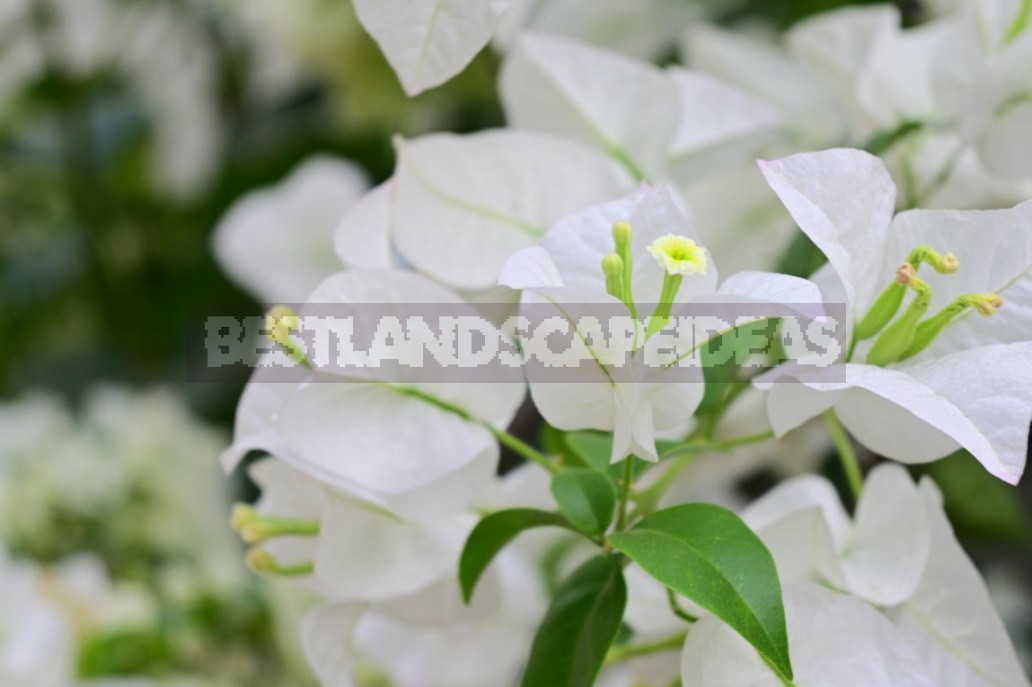
During the rest period, watering should be reduced, moistening the soil only after the earthen lump has dried. It is better to take the water for irrigation standing (at least a day), in winter — warm (for this, you can add a little boiling water to the standing water). Excess water can lead to rotting of the roots and the appearance of yellow-brown spots on the leaves. And the overflow is fraught with the development of chlorosis. In this case, it is better to cut off the damaged branches and transplant the plant into a new fresh substrate.
Bougainvillea, as a rule, reacts positively to fertilizing, so I regularly fertilize the soil with mineral fertilizer (from spring to autumn 1 time in 10 days).
Transfer
The best time for transplanting bougainvillea is spring. If the plant is young, then the diameter of the pot should not exceed 2-3 cm from the size of the root ball, and an adult and strong plant can be planted in a larger pot. Just do not take too big a pot: when the roots are a little cramped, bougainvillea blooms much more willingly.

If the roots are too overgrown, and there is not so much space on the windowsill, you can cut the roots by a quarter and plant the plant in the same pot. However, keep in mind that the procedure of pruning the roots is carried out only in the spring.
